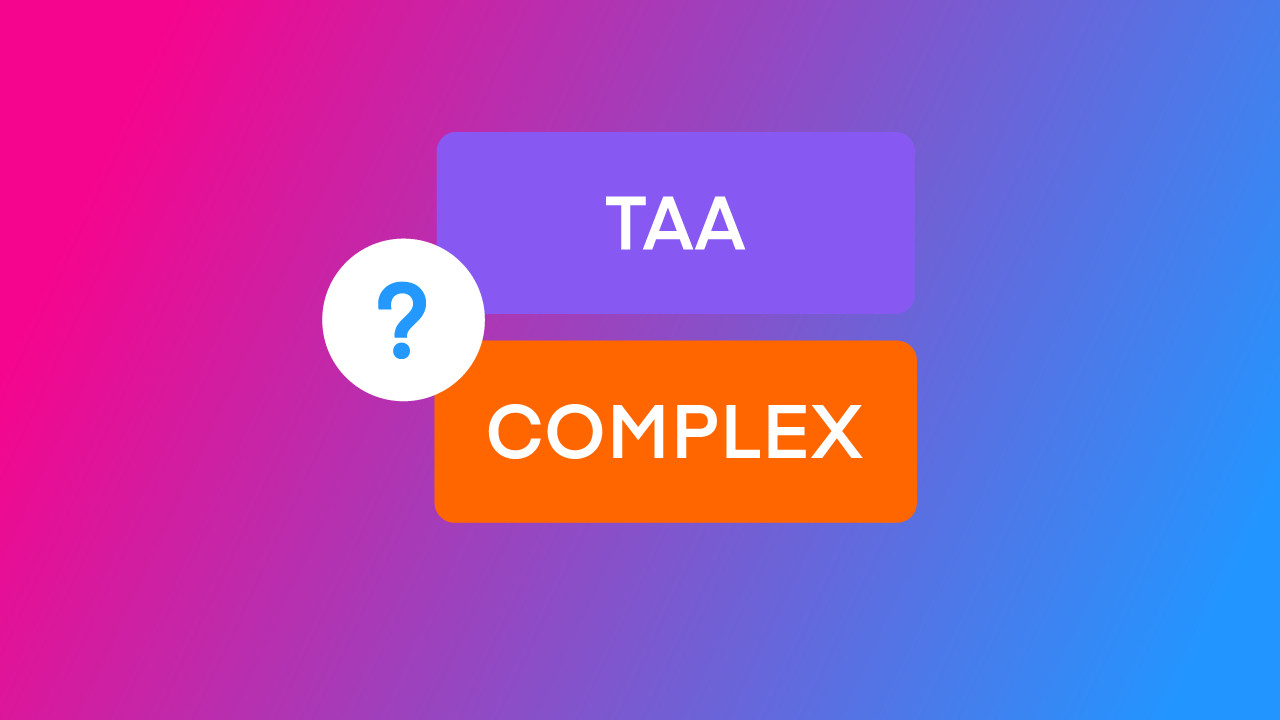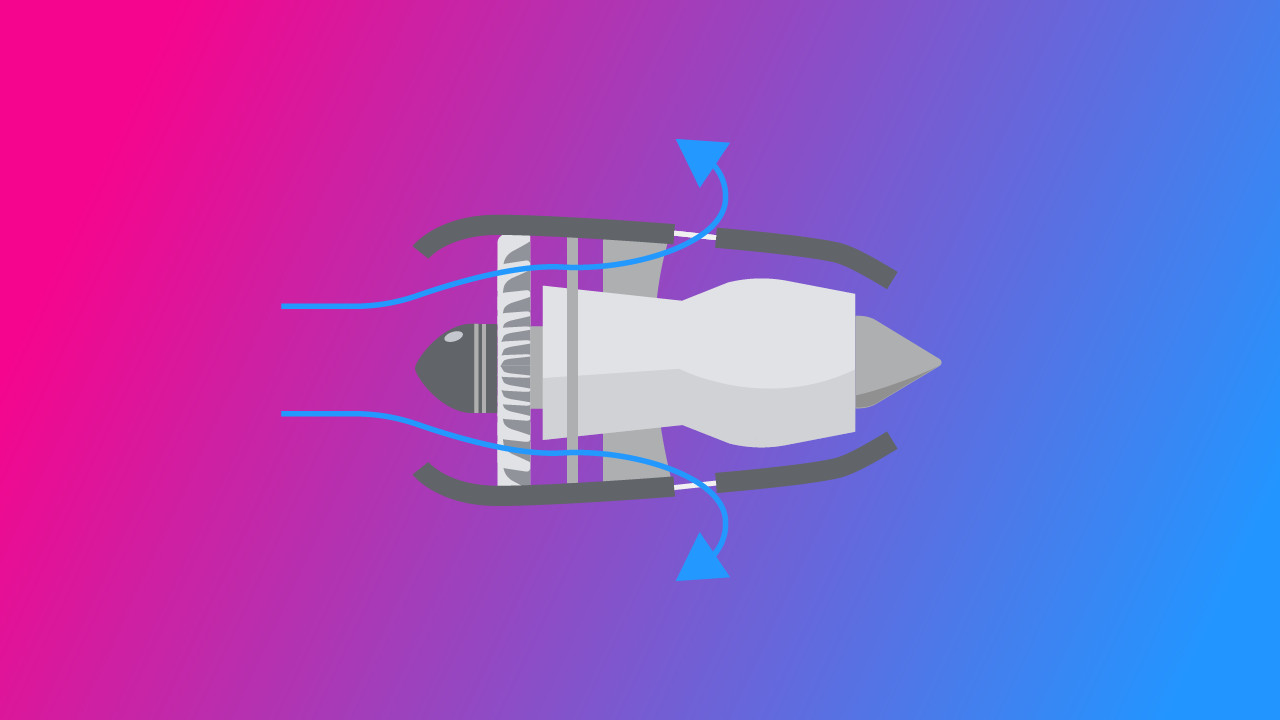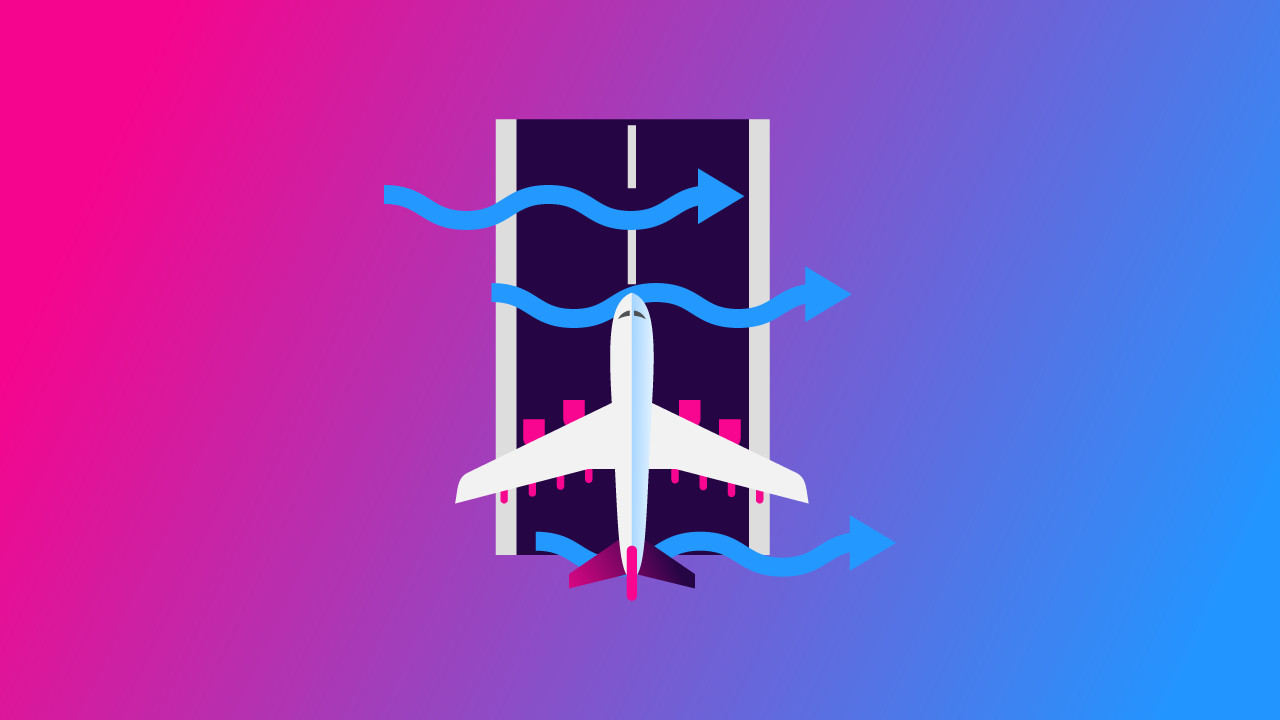A few days before the clocked turned to 2020, the FAA published a Notice of Proposed Rule Making (NPRM) geared towards the Unmanned Aircraft community. I know what you’re gonna say… “I don’t fly drones, why should I care?” Well, if you care about having free access to the National Airspace System, please read on.
What’s the FAA proposing?
The technology the FAA is proposing to adopt is called Remote ID. Think about it as ADS-B for drones. Or a digital license plate. Remote ID would share the location of the aircraft and the location of the pilot with the FAA and law enforcement. The idea is to have a better idea of who is operating in the airspace and hold them accountable.
The data would also be used for Traffic Management (UTM) and could be shared with low flying manned aircraft such as helicopters and crop duster, in an effort to improve safety and situational awareness.
Remote ID would be required for any drones operating in the airspace. Few exceptions would be made to fly without remote ID at FAA-approved locations.
Great technology you say. We agree with the concept. So what’s the problem?
A pay-to-play scheme
As proposed, the data shared by the aircraft would be collected and shared with the FAA via a UAS Service Suppliers (USS). As described in the NPRM, these Suppliers would be third party companies that collect the data via network technology (internet), store it for 6 months (similar to ADS-B), and make it available to the FAA and Law Enforcement on-demand. This would happen regardless of controlled or uncontrolled airspace (unlike ASD-B).
The bigger problem is that the USS would be charging a monthly fee to drone pilots for the privilege of having their data collected and to use the airspace. Since Remote ID will be required for pretty much all drones, this means flying for free will no longer be possible.
A precedent for GA pilots
So far, this doesn’t really affect you, right? Think again. Imagine if you had to pay a monthly fee to a third-party company to use ASD-B. Or if you had to pay to receive a clearance, shoot an approach, land at an airport… This is a common practice in Europe. It also has made General Aviation (even more) unaffordable.
Do you remember the proposal for ATC privatization in 2017? It was published in HR 2997 by House Transportation and Infrastructure Committee Chairman Rep. Bill Shuster’s (R-Pa.) and supported by President Trump. The move would have implemented user fees for airspace use.
If Remote ID becomes a reality as proposed in the current NPRM, the FAA and various government officials could use it as a case study to push for ATC privatization and fee-based services.
Can this be avoided?
Could this whole mess be avoided? The short answer is yes. In the NPRM, the FAA proposes that the UAS should also broadcast the information via radio frequencies. Broadcast still allows for the data to be shared with the FAA, Law Enforcement, and other aircraft nearby. In a way, this is similar to ADS-B. The best part is that this method is free, doesn’t require the need for USS, and doesn’t set a precedent for ATC privatization.
How can you help?
I know that the majority of GA pilots usually don’t have a great view of the UAS community but it’s time to support them. Take a few minutes and submit a comment on the NPRM saying that you disagree with the need for the UAS information to be shared via network and should only be shared via broadcast.
>>> If you want to learn more about the NPRM and our response, you can check out our comment guide.
>>> You can find a copy of the NPRM on the government website (and submit a comment).



